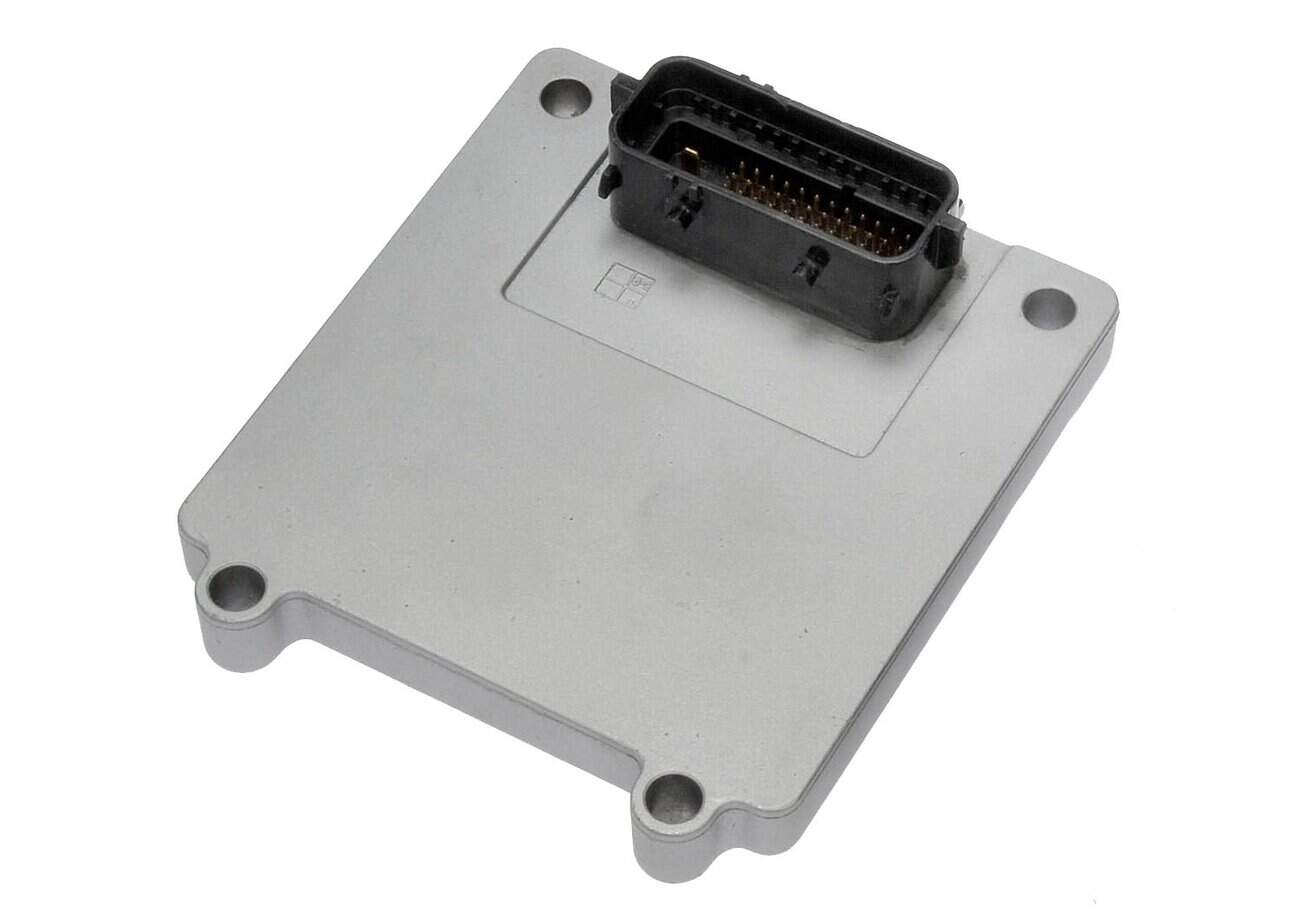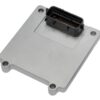Restore Your Pontiac’s Drivability and Performance
As a technician with over two decades of experience under the hood, I’ve seen countless drivers frustrated by transmission issues that seem to come out of nowhere. If your 2007-2010 Pontiac G5 is experiencing harsh shifting, getting stuck in gear, or throwing transmission-related check engine light codes, you’re not just dealing with an annoyance—you’re dealing with a faulty Transmission Control Module (TCM). This T42 TCM, part number 24243901, is the definitive, hassle-free solution to get your car driving like new again.
The TCM is the brain of your automatic transmission. It analyzes data from engine speed, vehicle speed, and throttle position sensors to command precise, smooth gear changes. When it fails, the communication breaks down, leading to the erratic behavior you’re likely experiencing. This isn’t just a performance issue; it affects fuel economy and can cause long-term damage to your transmission if left unaddressed. Our 2007-2010 G5 Transmission Control Module is the reliable fix you need.
From the Diagnostic Bay: The “Simple” Fix That Baffled a Shop
A customer once brought in a 2008 Pontiac G5 that had already been to two other shops. The complaint was intermittent limp mode and a gear-slamming shift from 1st to 2nd, but only after it was fully warmed up. The other shops had replaced solenoids and flushed the fluid, but the problem persisted. After hooking up my scan tool and monitoring live data, I saw the TCM was intermittently dropping communication. Heat soak was causing an internal failure. We installed one of our VIN-programmed T42 modules, and the car drove perfectly. It’s a classic example of how a failing module can mimic mechanical issues, and why a quality, correctly programmed part is the only true fix.
Is Your Pontiac G5 Exhibiting These Telltale Signs?
A failing TCM will give you clear warnings. If you’re experiencing any of the following, it’s time for a replacement. I’ve seen these symptoms in my shop hundreds of times, often accompanied by specific Diagnostic Trouble Codes (DTCs).
- ✔ Harsh, erratic, or delayed gear shifts that make driving unpredictable.
- ✔ Vehicle is stuck in “limp mode,” usually in 2nd or 3rd gear, with limited power.
- ✔ The check engine light or transmission warning light is illuminated on your dash.
- ✔ Your scan tool shows codes like P0700 (Transmission Control System Malfunction), P0750-series (Shift Solenoid), or other communication errors.
- ✔ A noticeable decrease in fuel efficiency as the transmission operates inefficiently.
- ✔ Complete failure to shift, either up or down, or a loss of communication with the module.
A Straightforward Guide to Your G5 TCM Swap
One of the best parts about this solution for the DIYer or professional mechanic is the simplicity. For the Pontiac G5, the TCM is conveniently located and easy to access. No special lifts or complex tools are needed.
- Safety First: Disconnect the negative terminal from your vehicle’s battery to prevent any electrical shorts and to help reset the vehicle’s computer systems.
- Locate the Module: On your 2007-2010 G5, the TCM is found at the left-hand (driver’s side) strut tower in the engine bay. It’s typically a silver box with a few large electrical connectors.
- Disconnect and Remove: Carefully unclip the wiring harnesses. Press the release tabs firmly and pull straight out to avoid damaging the pins. Then, unbolt the module from its mounting bracket.
- Install the New Module: Bolt the new, pre-programmed TCM into place. Securely reconnect the wiring harnesses, ensuring they click into place to confirm a solid connection.
- Final Steps: Reconnect the battery terminal. While the module is plug-and-play, it’s always good practice to use a basic OBD2 scan tool to clear any stored fault codes from the system. Start the vehicle and take it for a test drive to confirm smooth shifting.
Verified Vehicle Compatibility List
While this is the perfect 2007-2010 G5 Transmission Control Module, this T42 unit is also compatible with a wide range of other General Motors vehicles. Please verify the location note for your specific model.
- Pontiac G5 (2007-2010): Transmission; (LH strut tower)
- Chevrolet Cobalt (2006-2010): Transmission; (LH strut tower)
- Chevrolet HHR (2006-2011): Transmission; (LH engine compartment)
- Chevrolet Impala (2006-2011): Transmission; (lower air cleaner housing)
- Chevrolet Silverado 1500 (2007-2013): Transmission; (next to battery)
- GMC Sierra 1500 (2007-2013): Transmission; (next to battery)
- Saturn Ion (2006-2007): Transmission; (behind LH strut tower)
- Saturn Vue (2007-2010): Transmission; 2.4L, (LH front engine compartment)
- And many more GM models from 2006-2014. See the full fitment list for details.
Frequently Asked Questions
Do I need to take my car to the dealer for programming?
No. This module comes fully pre-programmed to your vehicle’s specific VIN. This makes it a true plug-and-play solution, saving you the time and expense of a dealership visit.
Is this a difficult part to install myself?
Not at all. For a Pontiac G5, the installation is very straightforward. The TCM is located on the driver’s side strut tower and can be swapped in under 30 minutes with basic hand tools. It’s an excellent job for a confident DIYer.
What happens if I don’t replace a failing TCM?
Continuing to drive with a faulty TCM can lead to more severe transmission damage. Poor shifting can cause excessive wear on clutches and bands, and poor torque converter control can lead to overheating, potentially resulting in a full transmission rebuild.
What does “No Core Charge” mean?
It means you don’t have to send your old, broken part back to us. This simplifies the process for you—there are no extra deposits to pay and no hassle of packaging and shipping the old module.
Will this fix a P0700 code?
A P0700 code is a general code indicating the TCM has detected a fault. In many cases, replacing a faulty TCM will resolve the P0700 and any related specific codes (like for solenoids or sensors). However, you should always ensure there are no underlying wiring or mechanical issues.


